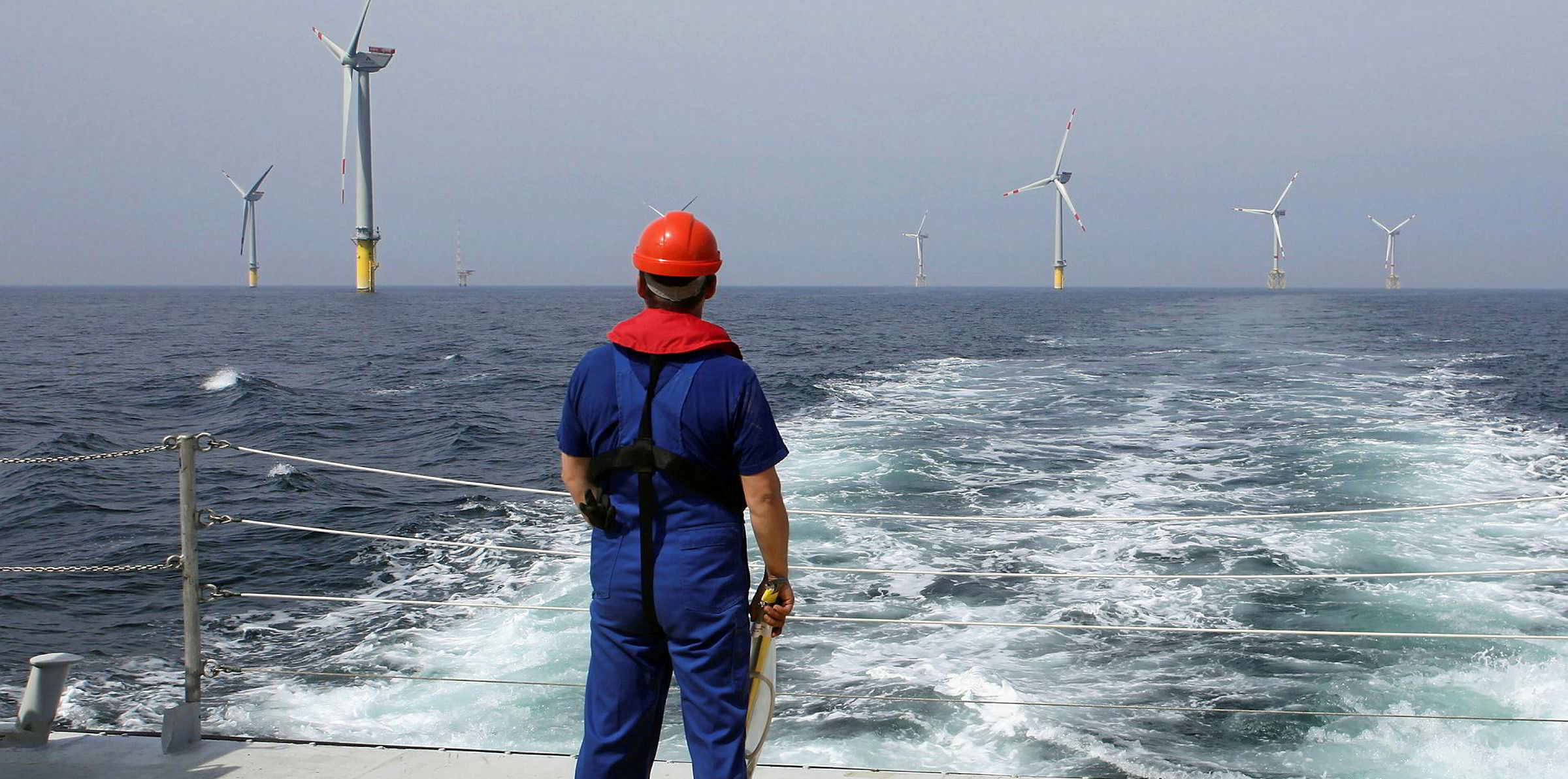Western Europe will spearhead the transition to non-hydropower renewables, which will become the region’s predominant power source by 2023, Fitch Solutions said in an update to its 10-year global renewable energy outlook.
“We expect the region's total non-hydropower renewables capacity will grow by more than 330GW between 2020 and 2029 to reach nearly 1TW of capacity, almost equivalent to the total thermal capacity expected in 2029,” the analysts said.
Non-hydro renewables according to Fitch Solution’s estimate are slated to make up 31% of total generation in Western Europe.
The analysts said the detrimental impact of the Covid-19 pandemic in the short term will disrupt non-hydro renewables growth.
The weaker global economy, supply chain disruptions and likelihood of higher risk-off sentiment among investors will pose a threat to the timely completion of renewables projects currently in the pipeline, particularly as lower electricity demand in 2020 erodes the impetus to invest in new capacity, they argue.
But an expected recovery after this year actually presents greater opportunities for investment in solar and wind power as their lower costs and more rapid deployment characteristics will prove attractive to both private investors and governments seeking to maintain power sector growth over the medium term.
Also, “we highlight the possibility that state-dominated emerging markets may place restrictions on private renewables investment, aiming to maintain power capacity growth despite budgetary restraints in state-owned utilities,” Fitch Solutions said.
On a global scale, the renewables sector will expand from over 1.3TW by the end of 2019 to more than 2.6TW ten years later, when 18% of the world’s generation are expected to come from renewable sources.
That growth will be mainly driven by China, which is seen making up 42% of global non-hydro renewables additions in the ten-year period.
The outlook maintains a positive view on Latin America, where key markets such as Chile are expected to drive renewables deployment, while the Middle East and North Africa region (MENA) is expected to remain a laggard due to its strong reliance on thermal power.



